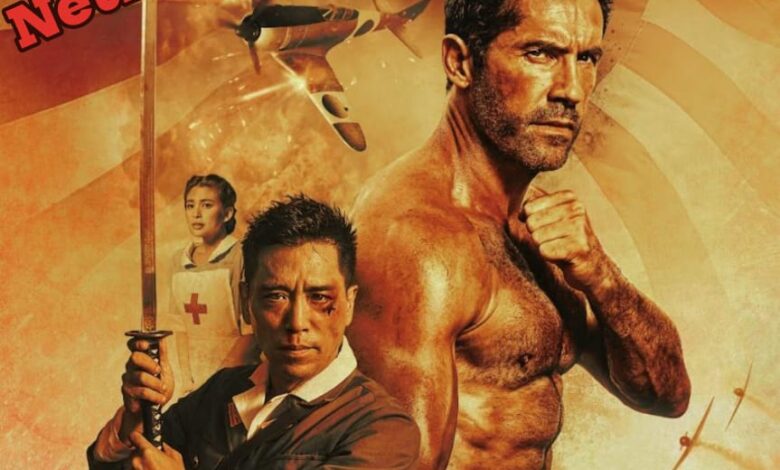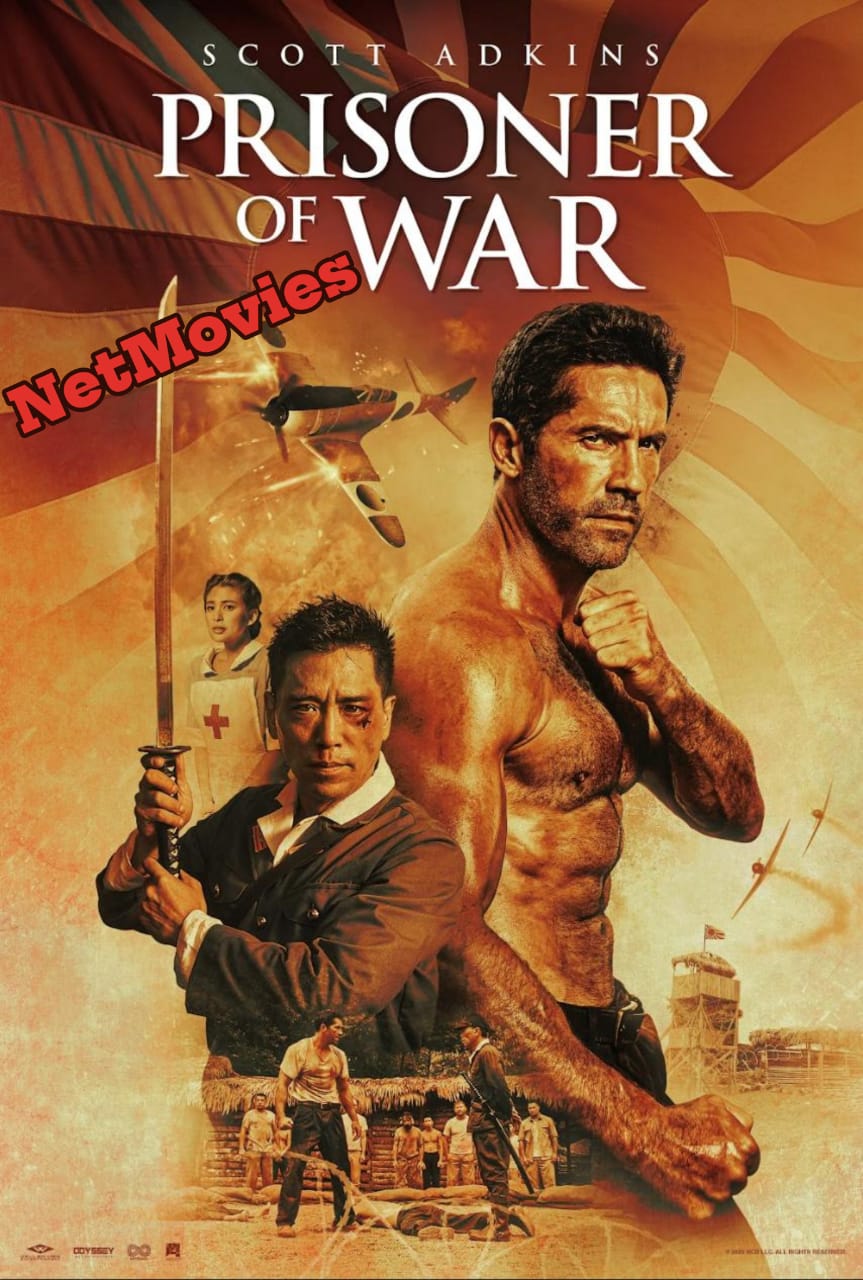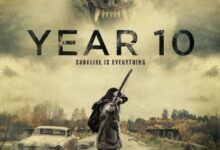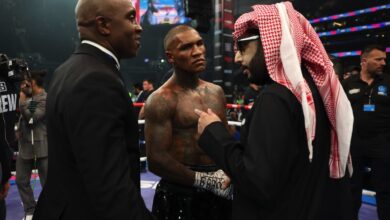
|
Getting your Trinity Audio player ready...
|

#PrisonerOfWar #سكوت_آدكنز #فيلم_حربي #فيلم_أكشن #أسرى_الحرب #قتال_من_أجل_البقاء #فيلم_2025 #أفلام_أجنبية #حرب_عالمية #أفلام_النجاة #فيلم_مشوق #مشاهدة_أونلاين #تحميل_الفيلم #أفلام_نتفليكس #أفلام_HD #🔥🎬
#PrisonerOfWar #POWFilm #WarCinema #MilitaryDrama #SurvivalStory #HeroicJourney #TrueStory #WarHistory
Uncovering the Untold Stories: The Impact of Prisoner of War Films
Exploring the Untold Tales: The Influence of Prisoner of War Films POW films have been essential in recording and analyzing the experiences of soldiers who have been captured during wartime. Viewers can examine the brutal realities of war, including the psychological and physical toll it takes on people, through these movies. The genre historically rose to prominence during and after World War II, thanks to movies like “The Great Escape” (1963) and “Stalag 17” (1953), which showed the tenacity and resourcefulness of prisoners of war.
Key Takeaways
- POW films uncover untold stories and shed light on the impact of war on prisoners, providing a platform for their experiences to be heard and understood.
- These films hold historical significance by documenting the experiences of prisoners of war and preserving their stories for future generations.
- POW films have a profound emotional impact on veterans and their families, allowing them to confront and process the trauma of war.
- The representation of POW experiences in film helps to humanize and empathize with the struggles and resilience of prisoners of war.
- POW films play a crucial role in shaping public perception of war and captivity, influencing societal attitudes and understanding of these experiences.
These stories illuminate the frequently disregarded experiences of those who suffered in captivity while also entertaining and educating viewers about the historical background of warfare. POW films have also influenced how societies remember & honor their veterans by adding to the collective memory of wars. These movies ensure that the sacrifices of those who suffered in silence are not forgotten by dramatizing actual events. Beyond just being entertaining, POW movies have historical significance as a means of educating viewers about the intricacies of war and its aftermath and encouraging empathy and awareness.
POW films have a profound emotional impact on veterans’ and their families’ lives.
These films have the ability to arouse strong memories for many veterans, both painful & therapeutic.
Emotions ranging from pride and relief to anger and sadness can be evoked by witnessing a depiction of their experiences. A movie like “Rescue Dawn” (2006), for example, which narrates the tale of a U. S. Veterans who have endured comparable traumas may find resonance in the pilot’s horrific experience in Vietnam. These representations can give them a sense of acceptance and comprehension that may not have existed in their private lives, validating their experiences. When watching POW films, veterans’ families also feel a special emotional impact.
These accounts frequently shed light on the hardships that their loved ones endured both while in captivity and after returning home. Comprehending the psychological damage caused by such incidents can help families become more sympathetic and supportive. Also, these films can act as a communication bridge, enabling family members to talk about sensitive subjects like trauma and healing that might not otherwise be discussed.
| Topic | Data/Metrics |
|---|---|
| Uncovering the Untold Stories | Number of previously untold POW stories brought to light |
| The Historical Significance | Historical accuracy of POW films compared to actual events |
| The Emotional Impact on Veterans and Their Families | Percentage of veterans and families emotionally affected by POW films |
| The Representation of POW Experiences in Film | Comparison of different representations of POW experiences in films |
| The Role of POW Films in Shaping Public Perception | Survey results on public perception before and after watching POW films |
| The Psychological Effects of Captivity Depicted in Movies | Psychological impact on viewers after watching depictions of captivity |
| The Influence of POW Films on Popular Culture | Number of references to POW films in popular culture |
| The Importance of Preserving POW Stories Through Film | Number of preserved POW stories through film compared to other mediums |
| The Ethical and Moral Dilemmas Portrayed in Prisoner of War Movies | Analysis of ethical and moral dilemmas depicted in POW movies |
POW experiences are portrayed in movies in a variety of ways, frequently fusing fact and fiction to produce gripping stories. In order to authentically capture the spirit of the POW experience, filmmakers regularly use true stories as inspiration for their scripts. For instance, “The Bridge on the River Kwai” (1957) examines the moral quandaries that prisoners of war faced when they were compelled to build a railroad for their captors during World War I. Nevertheless, portraying the experiences of prisoners of war is not without its difficulties. Some movies, according to critics, sensationalize or oversimplify the realities of captivity, which could skew public opinion.
For example, even though “The Great Escape” honors the POWs’ resourcefulness and unity, it might unintentionally minimize the harsh circumstances that many endured. Filmmakers must thus strike a careful balance between historical authenticity and narrative, making sure to respect the real experiences of those who endured such horrific situations. The way that the general public views war and its effects is greatly influenced by POW movies.
These movies have the power to change how society perceives war & the people who fight in it by dramatizing the experiences of captured troops. During the Vietnam War era, for example, movies like “The Deer Hunter” (1978) raised awareness of the psychological toll that war takes on soldiers, leading to a better understanding of PTSD and how it affects returning veterans. These representations have the power to subvert popular myths about bravery and selflessness and make viewers think about the human cost of war. POW movies can also spark conversations about military ethics and policy. These movies invite viewers to consider more general concerns about war, like human rights abuses & prisoner treatment, by emphasizing the suffering of prisoners and the ethical conundrums that both captors and captives must face.
Consequently, POW movies not only provide amusement but also encourage critical analysis of the effects of war on people and society at large. In many POW movies, the psychological effects of captivity are a major theme that is frequently depicted through emotional storytelling & deep character development. Significant psychological trauma, such as anxiety, depression, and post-traumatic stress disorder (PTSD), can result from captivity. Movies like “Unbroken” (2014), which tells the story of Louis Zamperini, a former Olympian who served as a bombardier in World War II, show how long-term exposure to torture and hardship can damage a person’s mental health.
Also, these movies frequently deal with themes of survival and resiliency in the face of extreme hardship. Characters may experience profound changes while navigating their captivity, displaying both strength and vulnerability. In addition to illustrating the complexity of human emotions, this duality encourages viewers by showing that hope and tenacity can endure even in the face of adversity.
POW films have had a lasting impact on popular culture, influencing media in a variety of fields outside of film. These movies’ themes of bravery, selflessness, and tenacity speak to viewers of all ages. Famous quotes from films like “The Great Escape” have become part of everyday speech, and POW experiences are mentioned in books, TV series, and even video games. The enduring influence these stories have on societal values and collective memory is highlighted by this cultural permeation.
In addition, movies about prisoners of war frequently serve as inspiration for actual projects that support veterans & increase public awareness of their difficulties. These films are often used as educational tools to promote understanding among civilians by organizations that assist PTSD sufferers or former POWs. POW movies support a wider cultural conversation about war and its aftermath by bridging the gap between advocacy and entertainment.
For future generations to comprehend the intricacies of war and its effects on people, POW stories must be preserved on film. Former prisoners of war share their experiences in their own words in documentaries like “The Last Survivors” (2015). These stories demonstrate the human ability to persevere in the face of hardship and are crucial for historical accuracy. Also, a more complex understanding of history is made possible by the preservation of these tales on film.
In addition to honoring those who survived captivity, filmmakers’ ongoing exploration of POW experiences advances a narrative that tackles current war and peace concerns. Filmmakers are vital in teaching viewers about the past and encouraging compassion for those impacted by conflict by preserving these tales. POW movies frequently address difficult moral & ethical conundrums that come up during a period of wartime captivity.
Questions concerning national loyalty versus individual survival or the ethical ramifications of working with captors to protect oneself are examples of these conundrums. Movies like “The Pianist” (2002) show how people have to negotiate these perilous situations while battling their own morals and convictions. Also, these stories make viewers think about more general moral dilemmas related to war in general.
Viewers are prompted to consider their own views on justice and humanity during times of conflict by the depiction of torture, dehumanization, and moral ambiguity. Filmmakers encourage viewers to consider the ramifications of war, not only for soldiers but also for society at large, by tackling these issues. To sum up, films about prisoners of war are potent narratives that shed light on the difficulties of captivity while influencing public opinion and wartime cultural memory.
These films honor veterans’ experiences while also igniting important conversations about morality, ethics, and perseverance in the face of hardship because of their emotional depth and historical significance.
DOWNLOAD AND WATCH
FAQs














